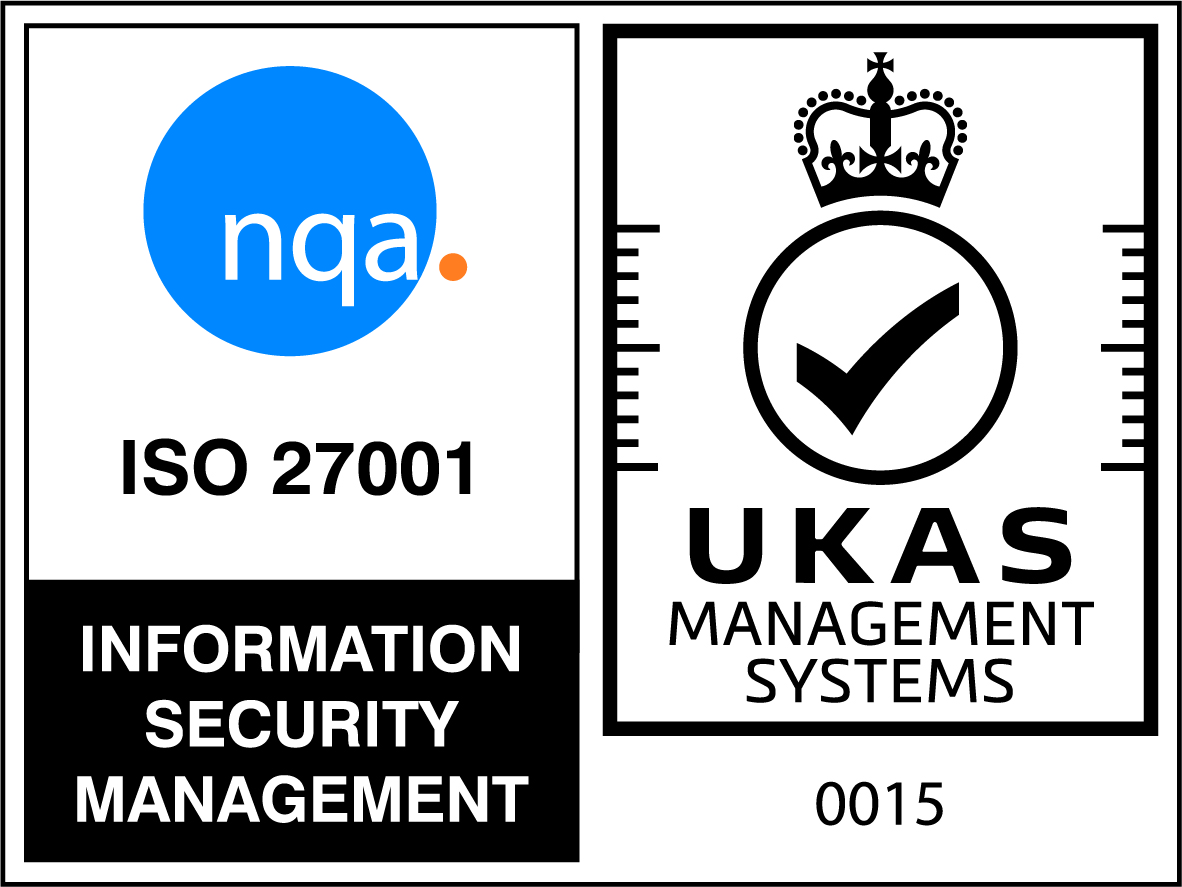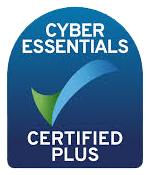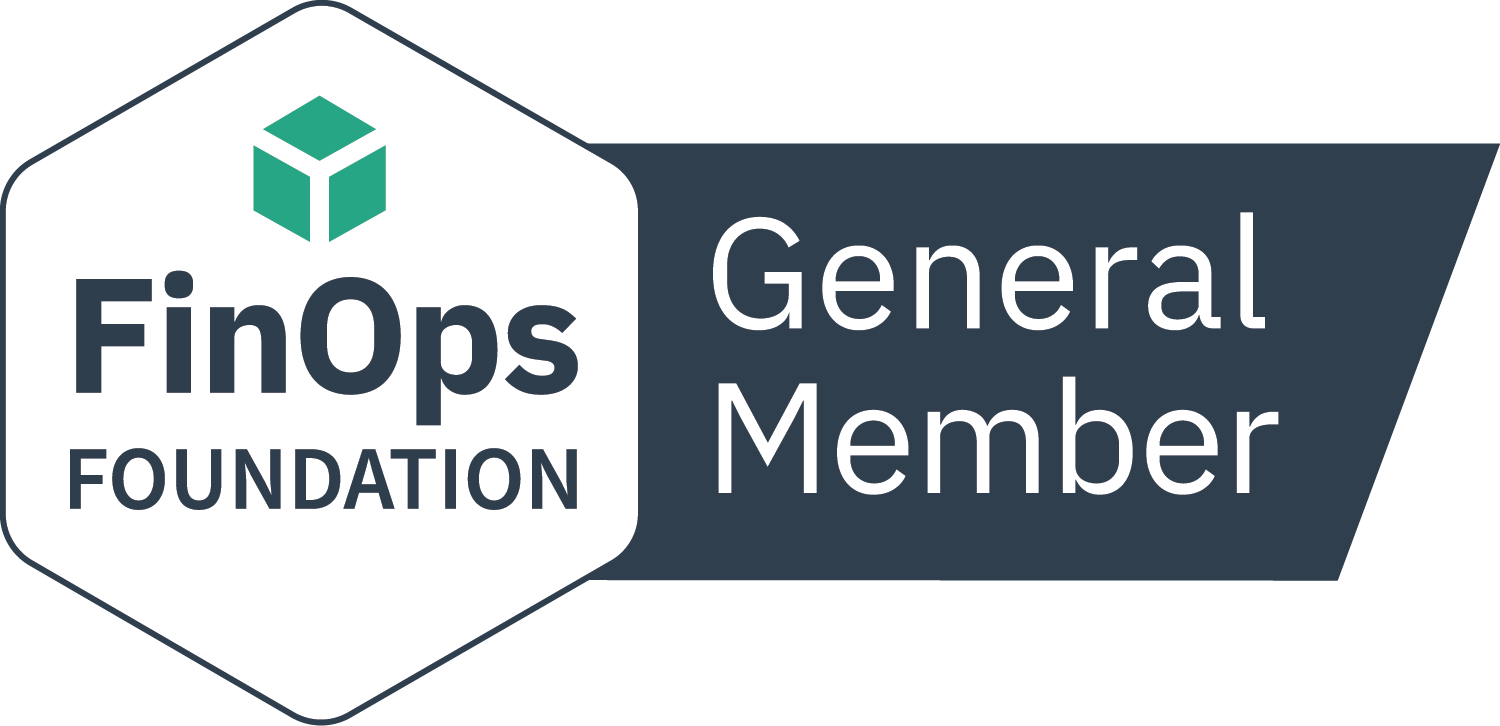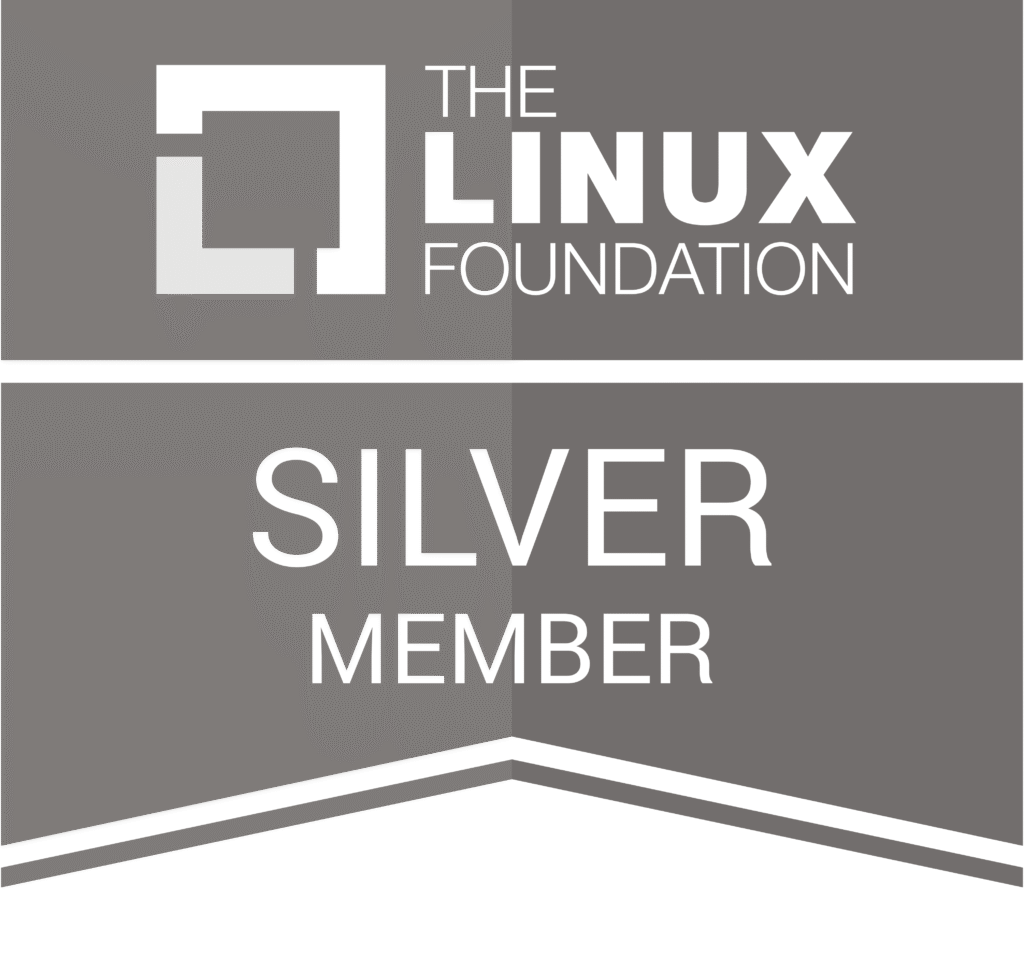As we return to the workplace and look ahead to not only a New Year but a new decade, what can we expect to see change in the next 12 months and beyond? Here are some personal ITAM and SAM predictions for what we’ll see in the world(s) of Software Asset Management and IT Asset Management in 2020.
More demanding users = more dissatisfaction = more rip and replace
It’s a well-reported prediction that by the middle of 2020, as many as 75% of SAM tools users will feel that their tools are not delivering on their pre-purchase expectations of value. I believe there are many reasons for this (not least tool failings themselves, but also over-selling by the vendors and under-investing in skills by end user organizations), but what makes 2020 especially interesting is that this is perhaps the year where more organizations will rip and replace their SAM tools than ever before.
Why is that? We saw a surge in the sales of SAM tools between 2016 and 2017. That means in 2020 a large number of SAM tools users will have had their tool for three years or more. Enough time to amortize perpetual license costs, to see out three year fixed-pricing deals and crucially, enough time to not look stupid when informing senior management that the tool they originally selected hasn’t worked out.
At the same time, these unhappy teams will have a better understanding of why they are dissatisfied and will have a more concrete view of what a replacement tool (and the vendor behind it) will need to offer to win their trust in the future. End user organizations will be more receptive to alternatives to traditional on-premises perpetual licensing for their tools.
My first prediction for 2020 is that it will be the year of rip and replace in the SAM tools world.
More ‘SAM & ITAM data’ consumers than ever
We’ve seen a growing demand for SAM and ITAM data – particularly clean inventory data and ‘augmented’ data (an example would be inventory data automatically reconciled against security vulnerabilities, or enriching inventory data with End of Life and End of Support information) – over the last 12-18 months.
This trend will continue in 2020 as more stakeholders from across the organization start to realize the value and uses of inventory data outside core SAM and ITAM programs. As well as security, compliance, governance and finance teams, I think we will start to see business leaders recognizing that inventory and consumption data can be both valuable performance indicators as well as essential tools for helping them run efficient organizations.
The challenge for SAM and ITAM leaders, and the technologies they use, will be to collect and provide this insight in a way that is both accessible and intuitive to these new stakeholders. Standard ‘SAM dashboards’ won’t cut it and tools that lack either the flexible reporting capabilities or the data collection mechanisms will lead to even more widespread dissatisfaction, which in turn will add fuel to the calls to swap-out incumbent technologies.
Cloud: yes. Cloud-first: no.
Despite the hype, cloud will not become the main driver for SAM and ITAM in 2020. Too much of what the organization owns is still on-premises. More SAM and ITAM programs will evolve to include cloud-based applications and hardware, but I believe that most organizations will prioritize managing their strategic large-scale spends over managing smaller cloud costs. We will see an increase in the cloud spend considered ‘strategic’ in 2020, but not to the point where it overtakes the perceived need to manage IT assets and software licenses on-premises.
As such, rather than investing in uncovering ‘shadow IT’ or similar unmanaged cloud costs, I think we will see more organizations investing in cloud ITAM and SAM capabilities to manage the spends they already know about and consider worthy of proactive management.
Increased audit activity – from certain vendors
Okay, so I know every New Year ITAM and SAM prediction probably includes this, and it’s easy to dismiss it as FUD, but look closely at a software publisher’s financial performance and you can pretty accurately estimate which ones will ramp up their auditing practices in the next 12 months.
Has the publisher over-promised its shareholders and had a disappointing last quarter or two? Did it forecast a greater swing to cloud revenues that it’s failing to deliver on? Is it a vendor known for acquiring software nearing the end of its life and relying more on audit activity than investing in development?
You can also look at your own company. Do you have major contract renewals due in 2020? Has your company undergone significant change (M&A, restructuring etc. – I wrote recently that 2020 is predicted to see more organizational change projects than ever)? Have you been putting off a migration or upgrade project? All of these can be indicators to a software publisher that your licensing might not be in order.
My prediction for 2020 is that we will see more audit activity, especially from data center software publishers (and, strangely, from both those trying to move you to the cloud and the ones trying to prevent you from doing just that!).
The Platform vs the Frankenstack
I’ve written before about the Frankenstack – when SAM and ITAM programs are built on a hodgepodge of disparate technologies that integrate badly (or not at all) and perform even worse. My final 2020 prediction is that many organizations will reach breaking point this year and finally kill the Frankenstack, retiring or replacing older technologies and replacing them either with a single platform approach or a more cohesive and effective technology stack.
The single or unified platform approach will work well for some, although not all platforms are equal and some originally built for purposes other than SAM or ITAM struggle to offer the in-depth capabilities offered by dedicated solutions (which could lead to yet more dissatisfaction, rather than SAM and ITAM happiness).
Alternatively, it is possible to create an effective technology stack for ITAM and SAM, but it has to be done with integration as a priority. Shoehorning disparate technologies (even sometimes from the same vendor!) together is rarely an effective strategy.
For organizations that have already gone down the generic platform route, the SAM and ITAM modules might be too new for them to be candidates for rip and replace, which will leave the organization with three choices:
- put up with sub-standard SAM & ITAM capabilities,
- invest in additional SAM & ITAM products from third parties or
- pressure the vendor to improve their SAM and ITAM modules.
For platform users that have not yet bought into the vendors’ SAM and ITAM modules, due diligence is no less important than if you were engaging with a new vendor. Although the story around adding modules can be extremely attractive, if the modules then are not fit for purpose the organization is just wasting time and money.
Those are my top five ITAM and SAM predictions for 2020 and it will be interesting to revisit the topic throughout the year to see how they are playing out. Will I be wrong and we will see a huge upsurge for demand in cloud discovery products? Will the rip and replace market not materialize? One thing is for sure, we all have an exciting New Year and decade ahead!

